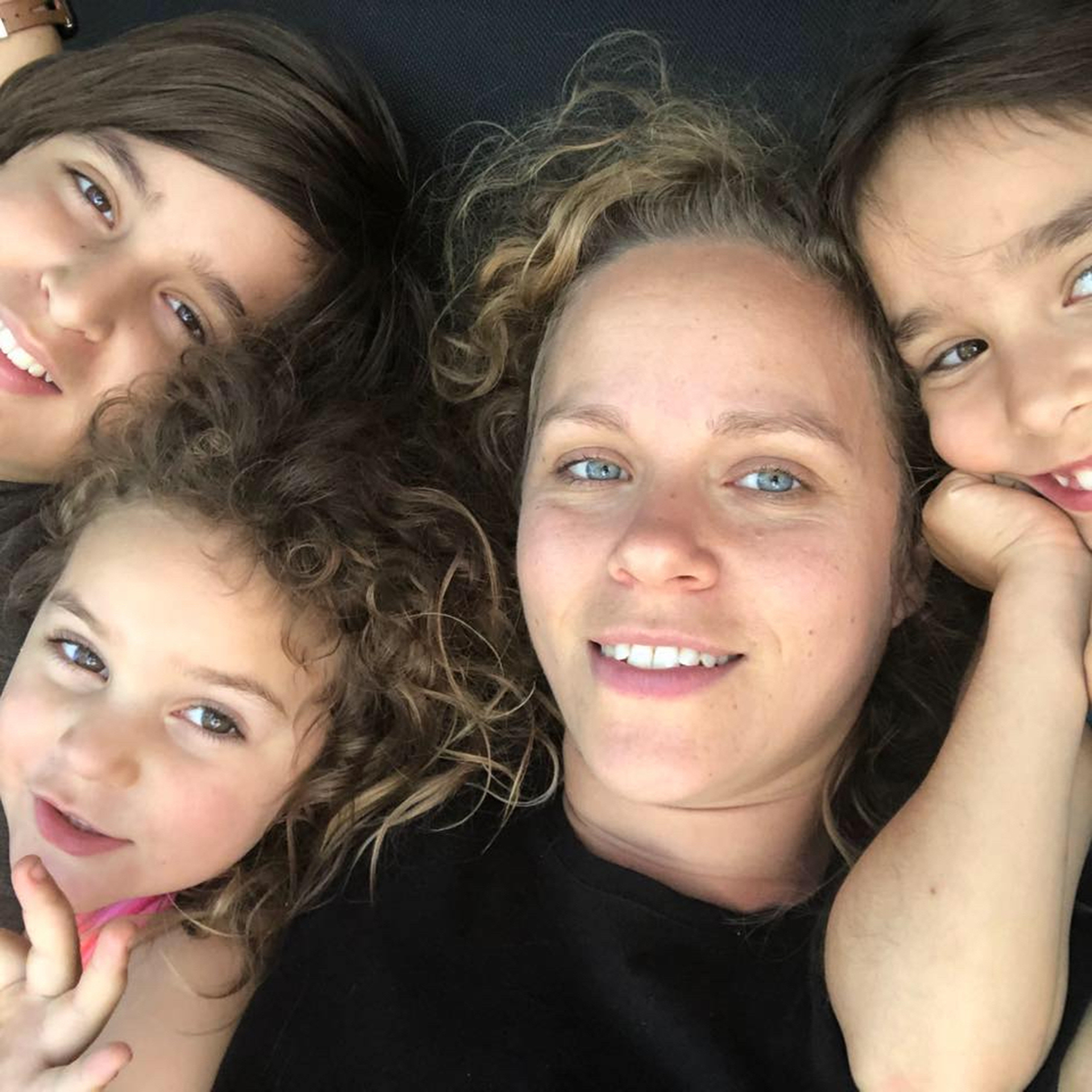Homesteading Series: Long Island Gardening And What Works Well


This is the second part of a series on creating edible landscapes for new gardeners interested in food security.
Everyone on the East End has become starkly aware of how tenuous the food chain can be, and not the natural one of fungi, plants, small animals, and birds, but the very real food chain of trucks to supermarkets, as shoppers vie for that last chicken breast or wait longer for online deliveries.
So once again, we turn to the farms and the people who work them. Luckily, the North and South forks are filled with farmers. And, for the newbies who have a small plot of land and want to know more about homesteading and foraging, or are thinking about getting a few chickens, there is no better place to find free advice than the Facebook page Long Island Homesteading Forum, which morphed out of the Suffolk Homesteading Forum a few years back. The page serves as a place for members to ask questions, occasionally brag, or to connect with others.
One newcomer asked what seeds could be planted now. “Be gentle,” she wrote. Another member posted photos of the pesto sauce she had made by foraging nettle and garlic mustard on her property.
“I was just thinking,” asked another, “what else can I eat in my yard? Dandelion, clovers, dead nettle, and that ‘plantain weed,’ and what else? I might need a salad.”
Of course, at this time of year, the page is filled with pictures of baby chicks and designs for raised garden beds, along with plans for other small building and gardening projects, and, for many who have been homeschooling their children for years, lots of ideas.
The group has grown since the outbreak of the novel coronavirus, up to almost 5000 members. The forum was started in 2013 by Rachel Maris, an East Moriches resident.
“At the time, there was no local group on Facebook that dealt with homesteading skills,” the mother of five said. “People in my homeschool group were always asking questions about gardening and cooking, knitting, foraging food, information about local farms, so I saw the need and filled it by making the group.”
Maris said she also liked the idea of getting information out on what could successfully be grown on Long Island.
“The Island is filled with microclimates, so that you may see around the Pine Barrens, for example, a temperature difference of a few degrees compared to along the shore,” she said. “This affects the plants that can grow well in those areas. The leaves changing color out East before out West and the reverse in spring — the West sees leaves emerging first in spring . . . I wanted to hear about these differences and see what worked well growing on Long Island based on people’s experience.”
Her goal, she said, “has always been to become as self-sufficient as possible, and when needed to rely on local farms instead of big-box stores.”
“I love this community so much,” Maris said, adding, “my best friends I found through the group.”
On the subject of victory gardens — which sprouted up across the country during World War I and II as a way of boosting rations for families — Maris is looking at founding a homesteading hub with free skill classes taught by members, including meetings, meals, and more.
“It’s an evolving idea, but I’ve got a place I think I’m going to move on,” she said, adding it requires a bit of fundraising. “I’m really excited. And I need to garden again.”
Easy-to-grow crops on Long Island year-round, Maris said, include garlic, onion, lettuces, parsley, chives, scallions, carrots, leeks, and kale, among others.
“I think people see that we need to be concerned with food security, and so they are turning to the group for information,” Maris said. “People who have never grown anything are trying to grow now. It’s a really amazing, positive outcome of all this — I hope it will be a lasting one.”
bridget@indyeastend.com



